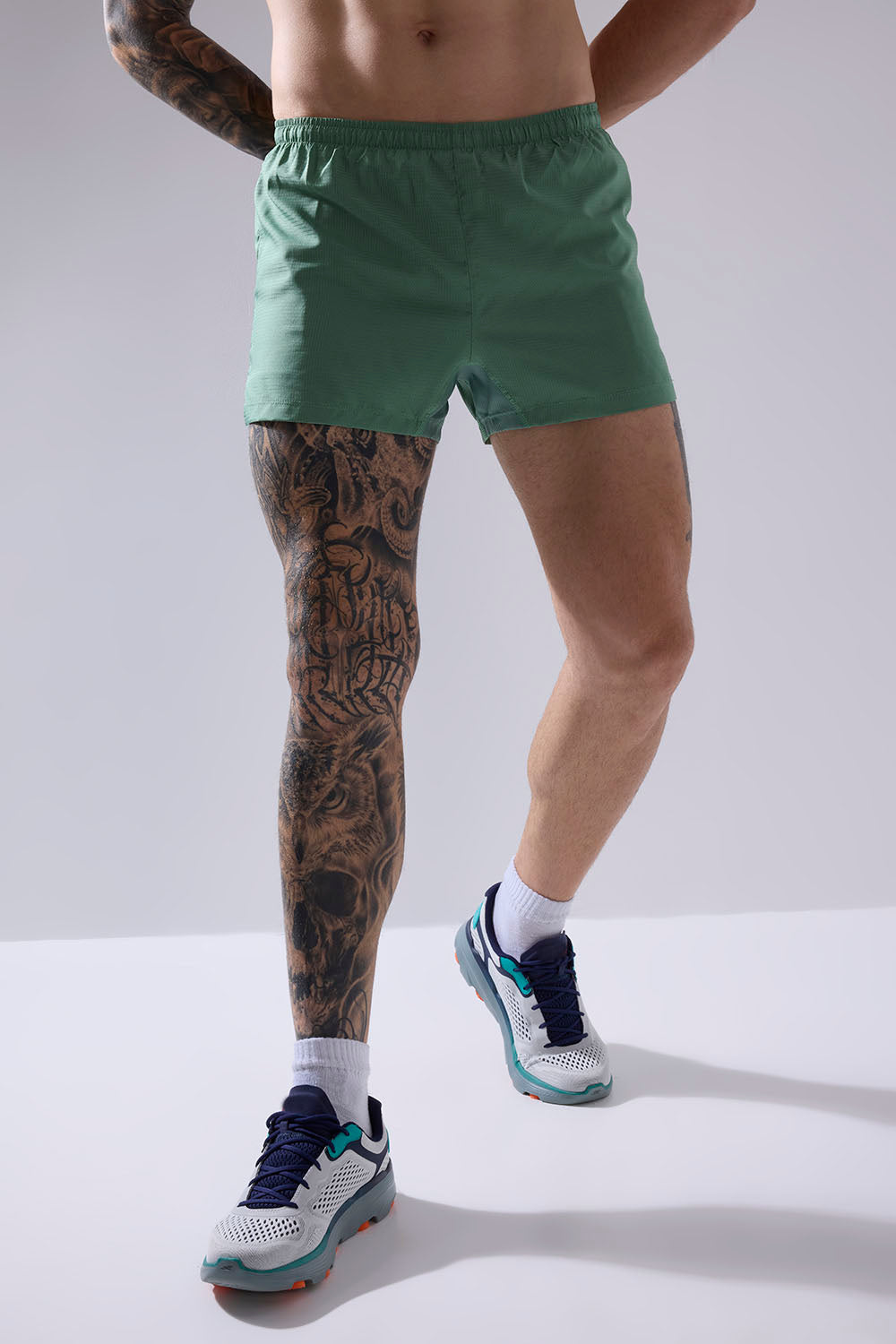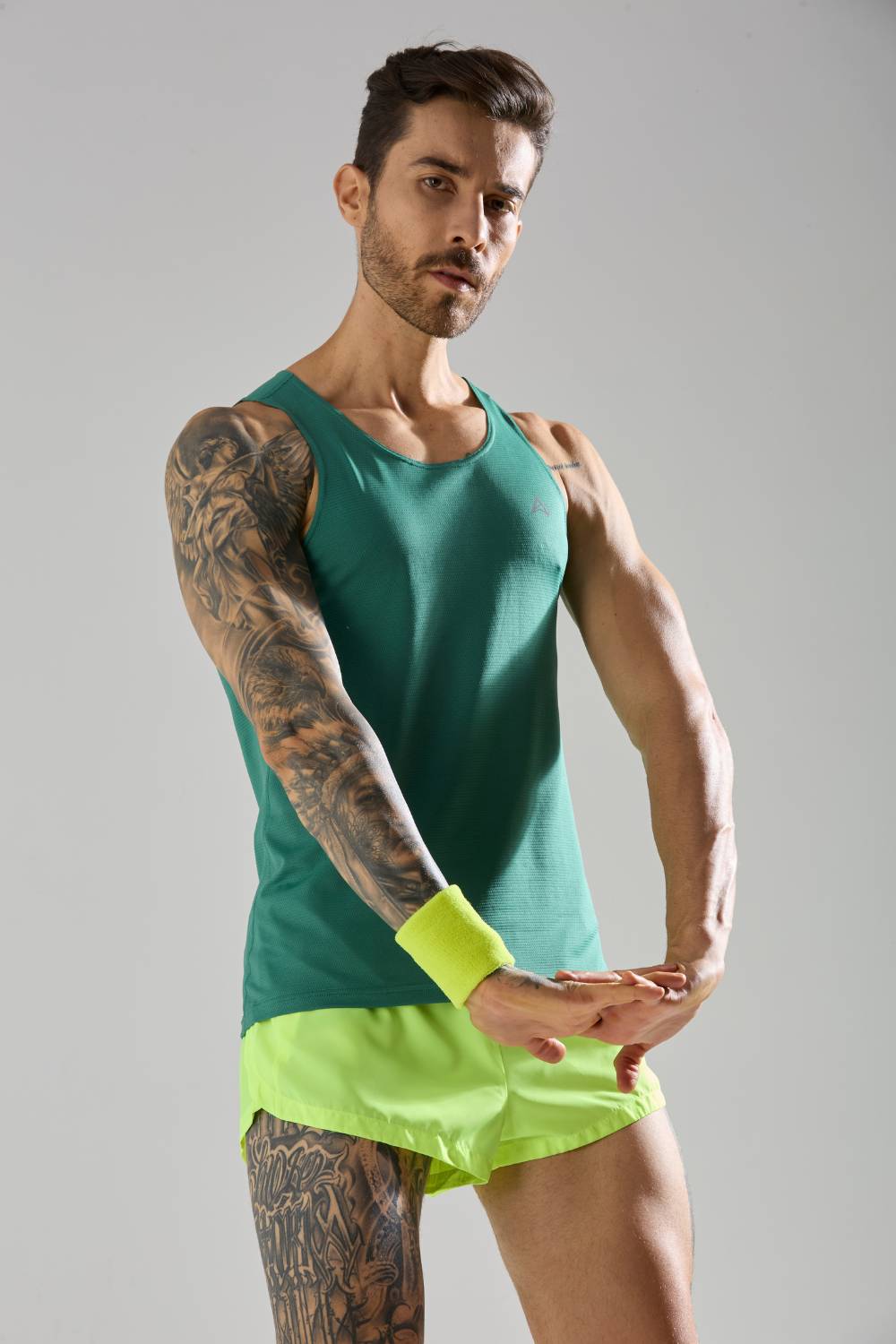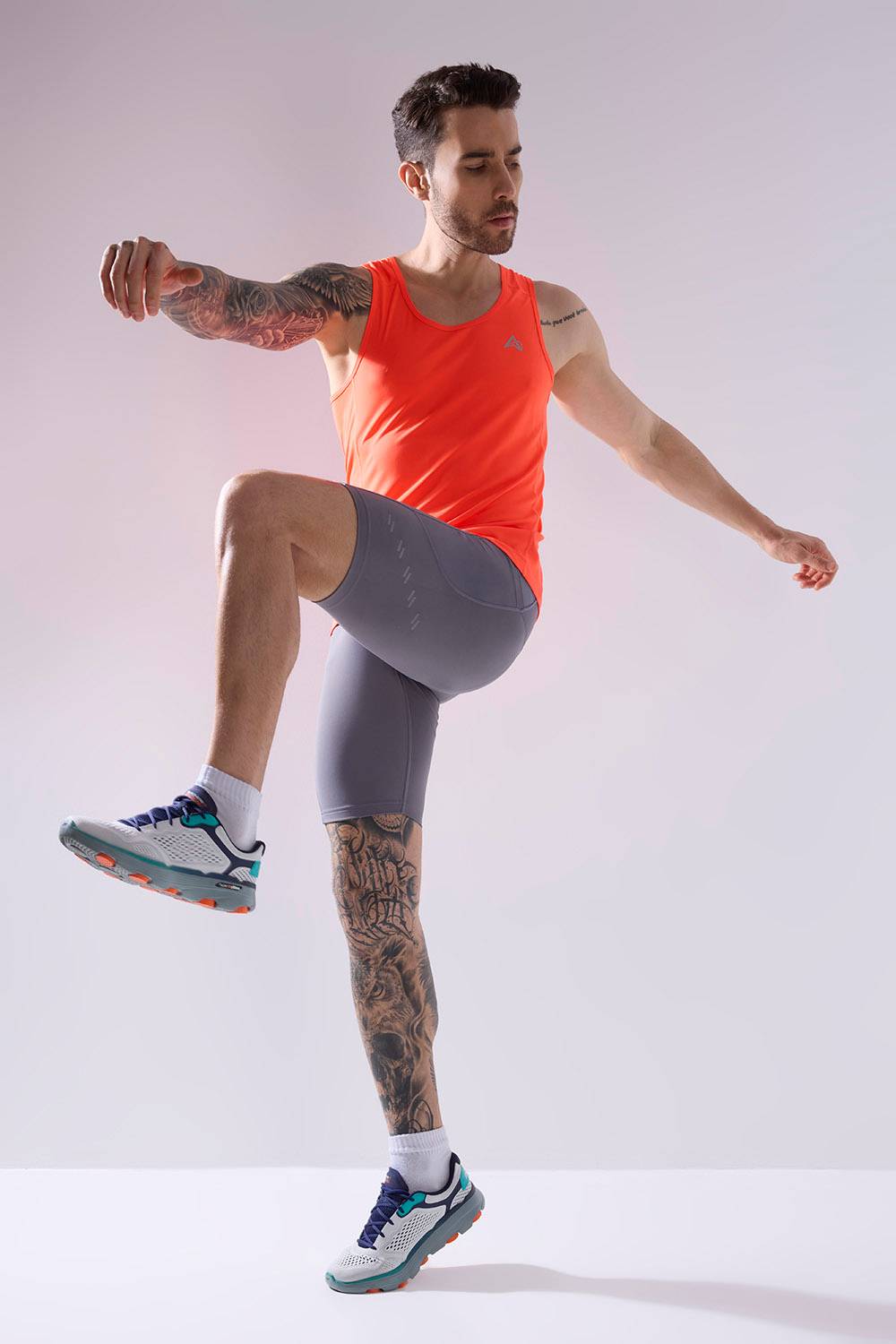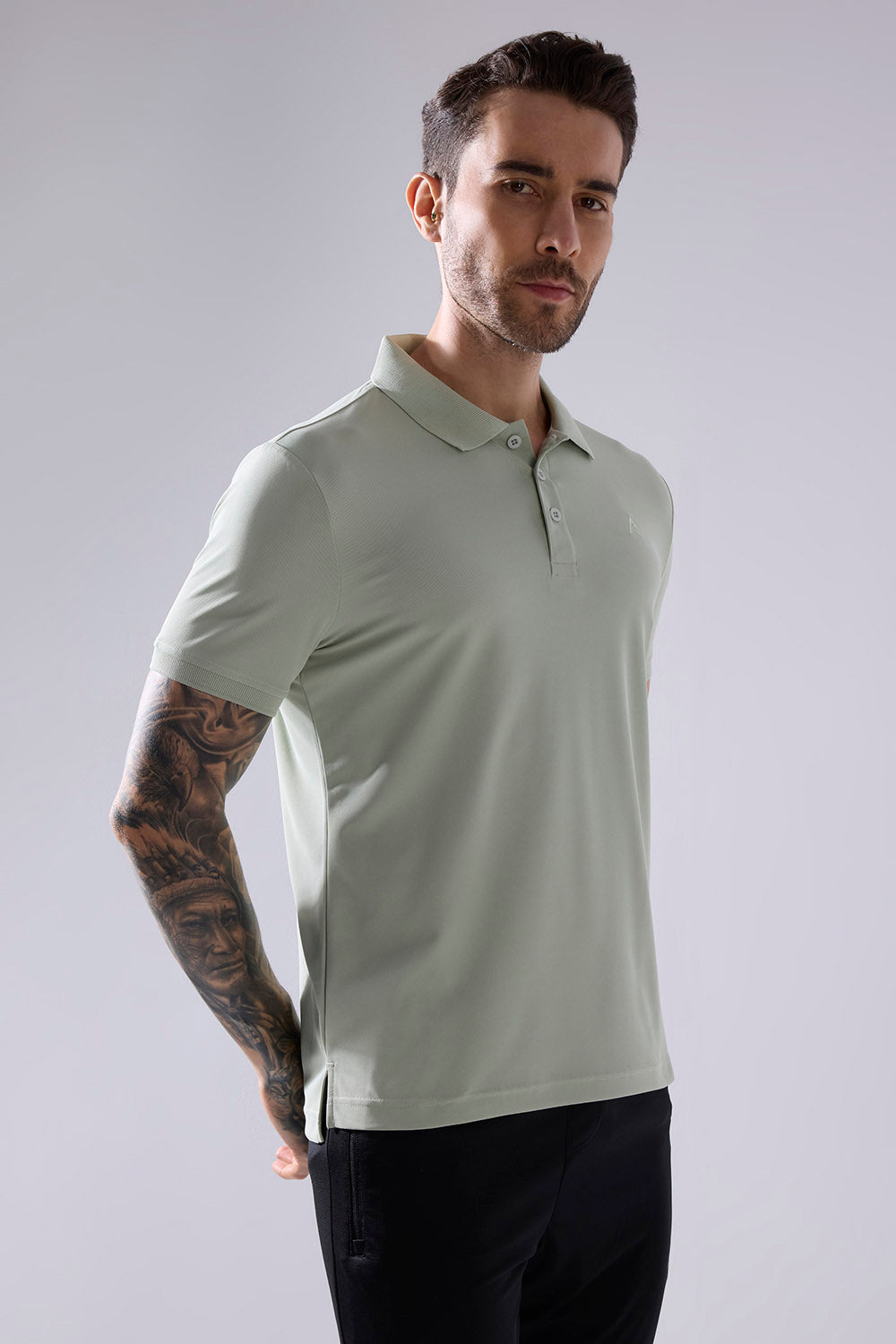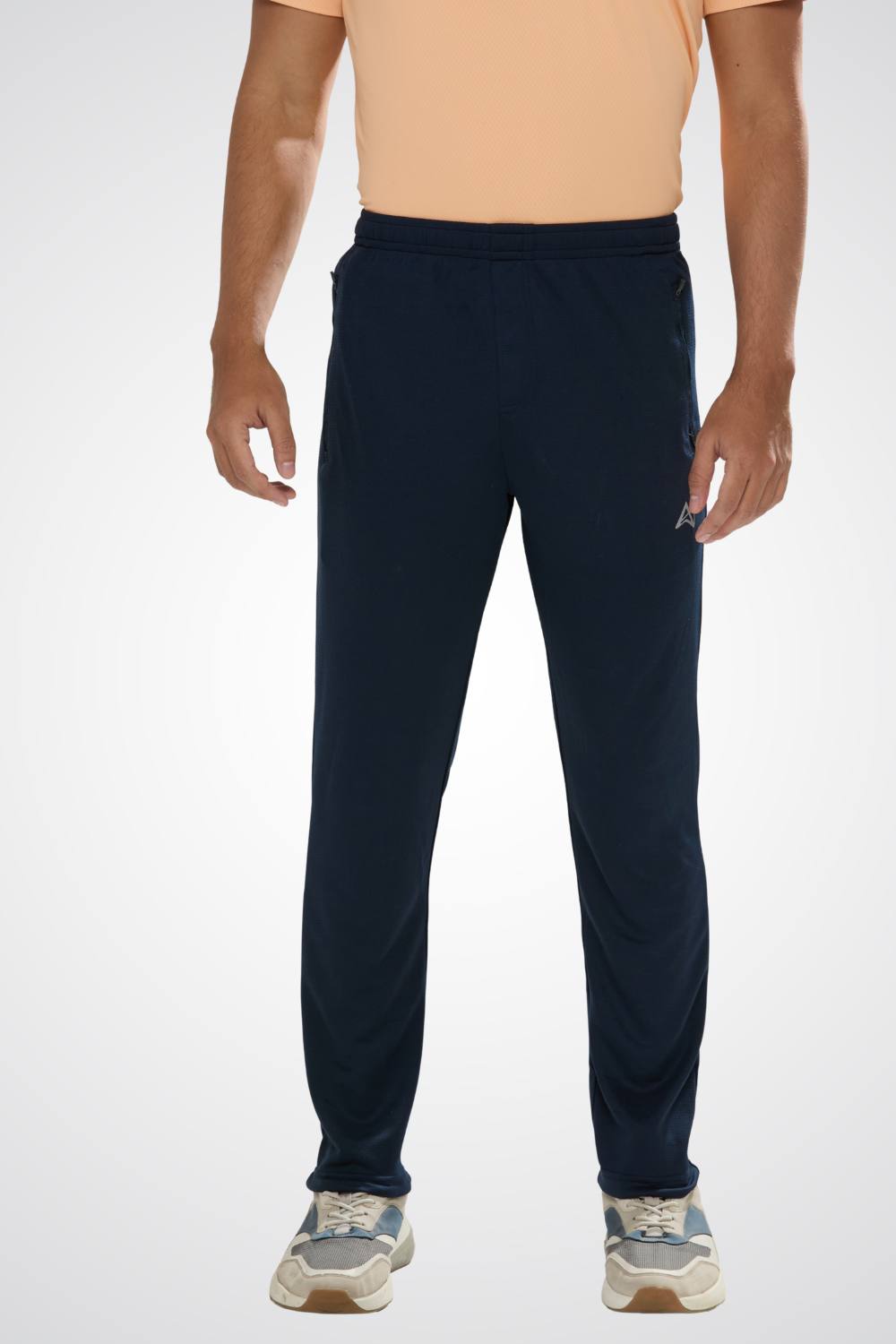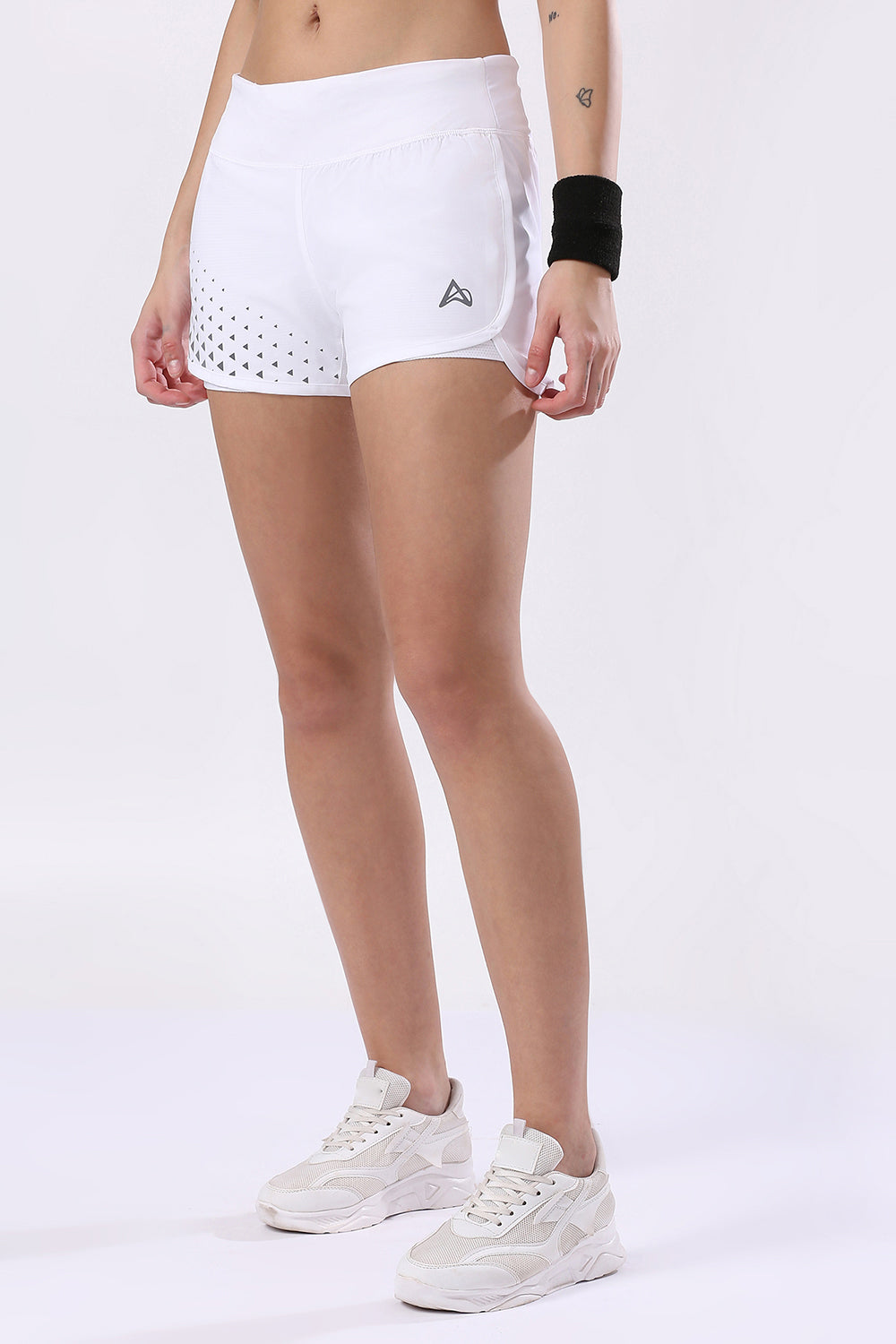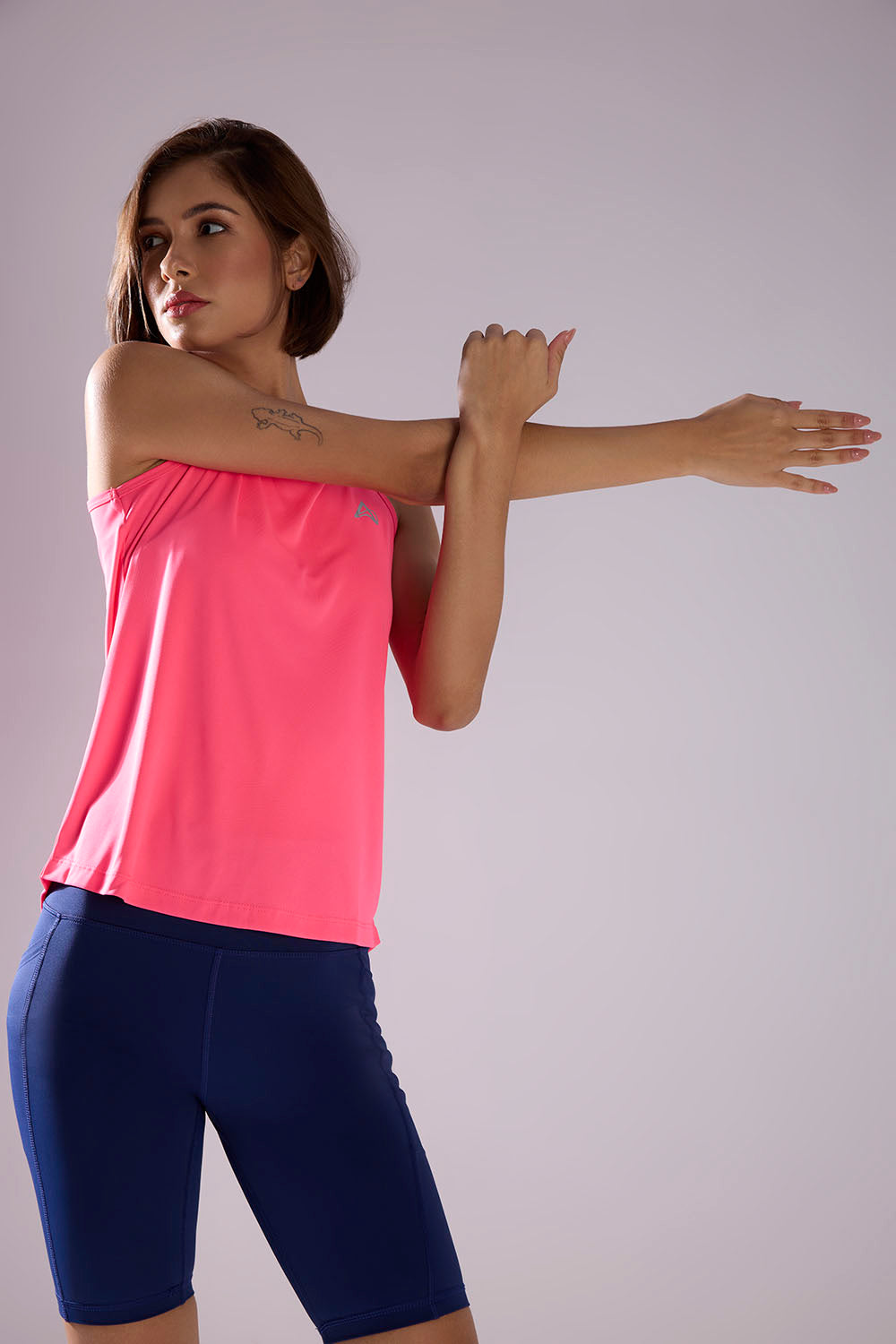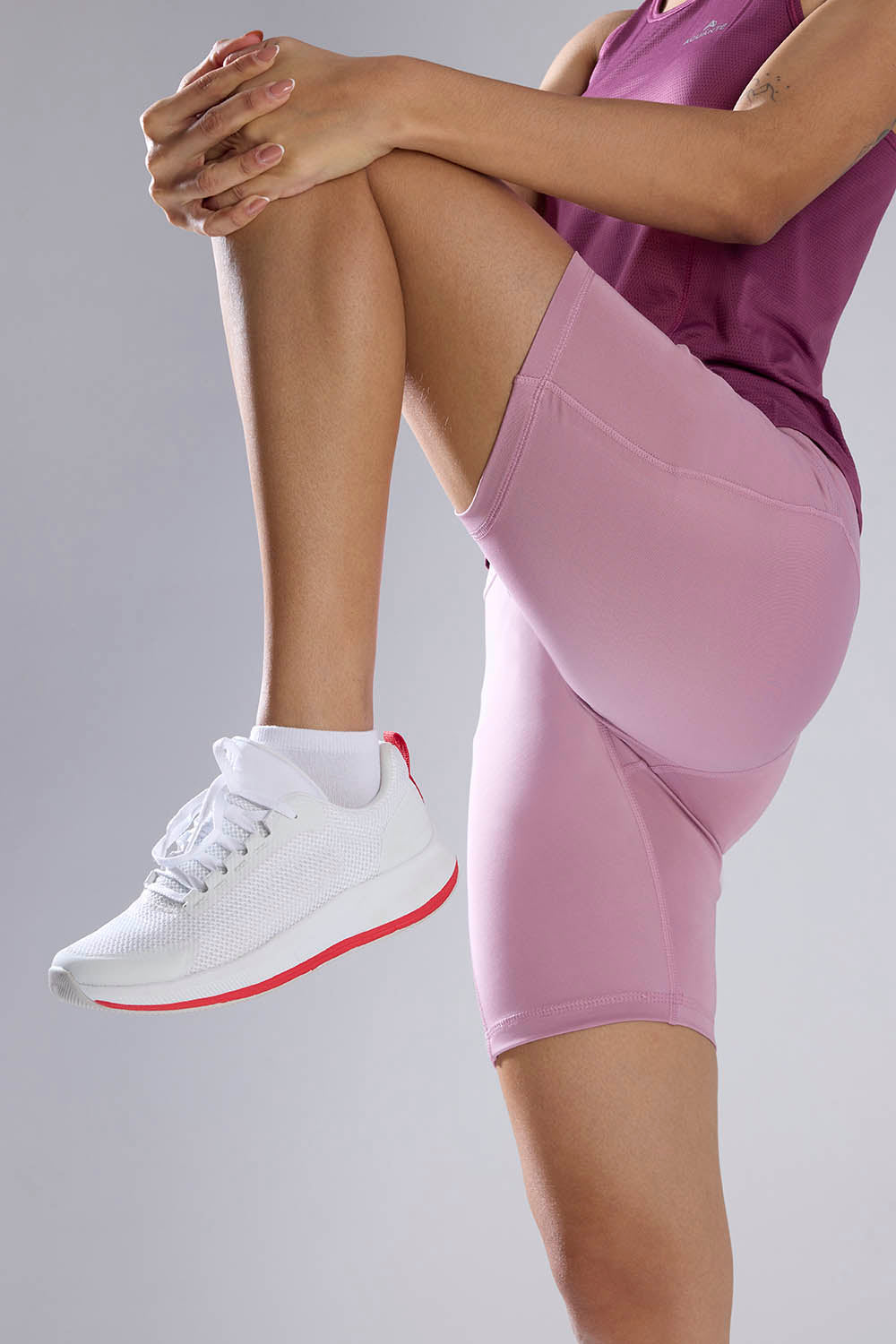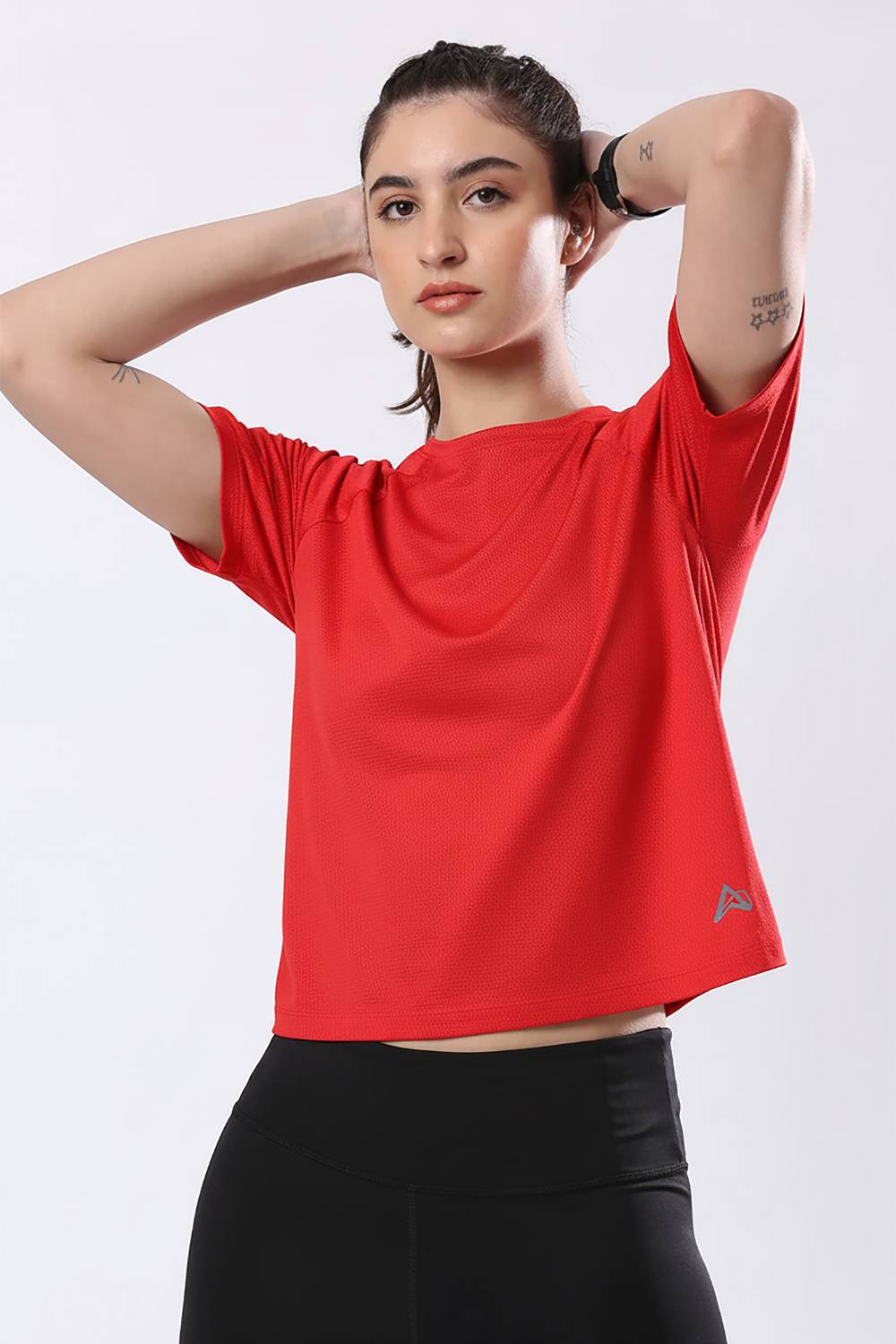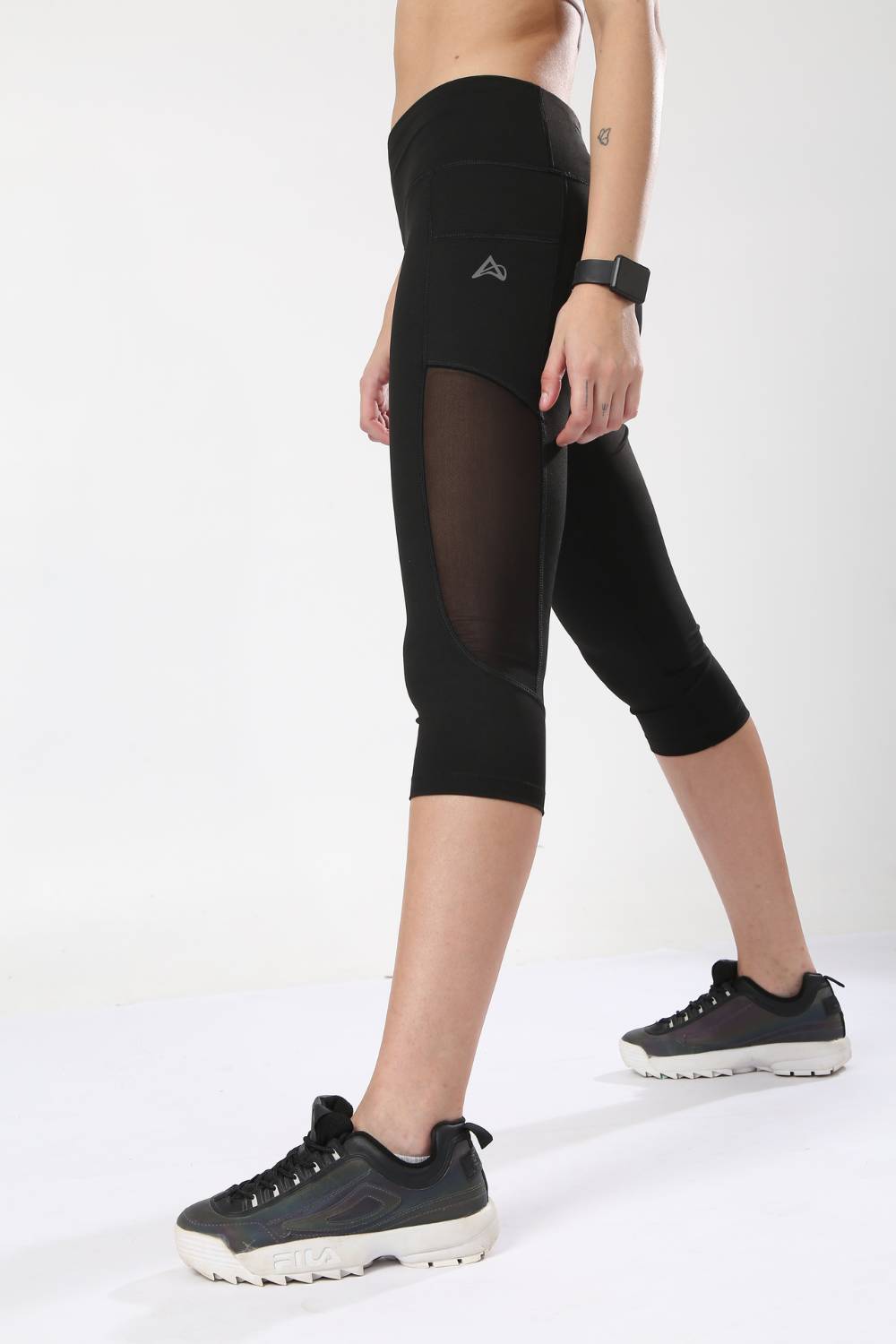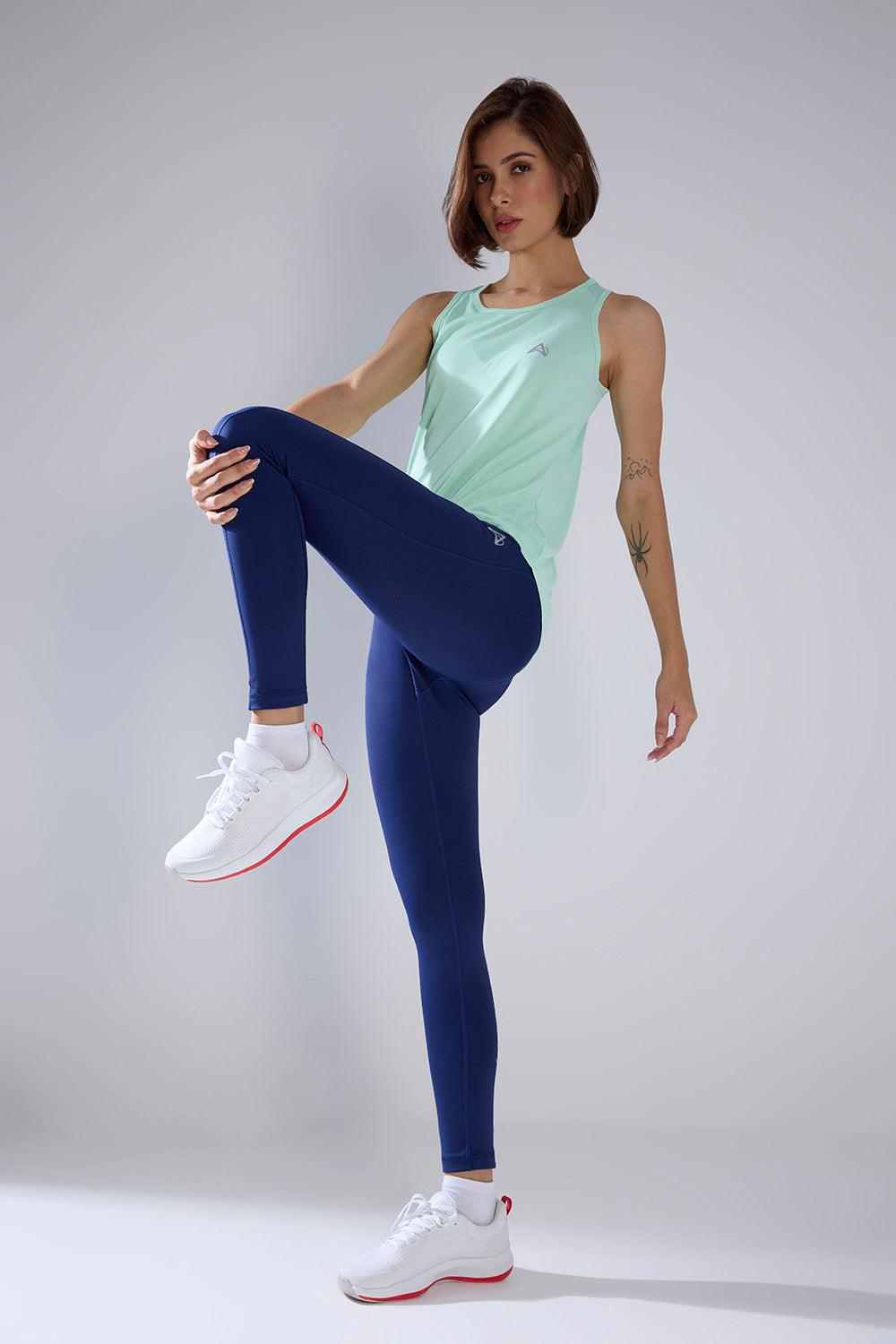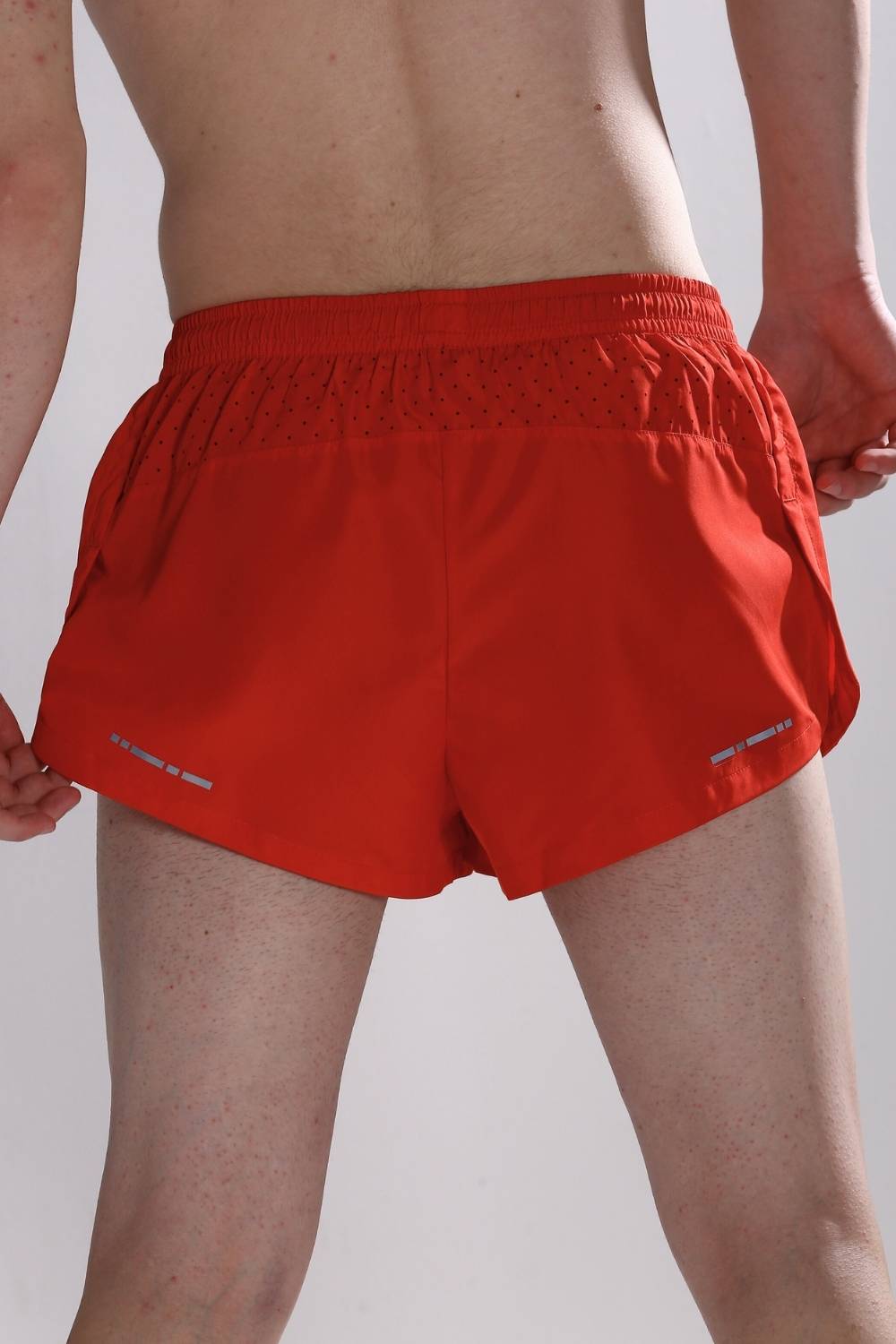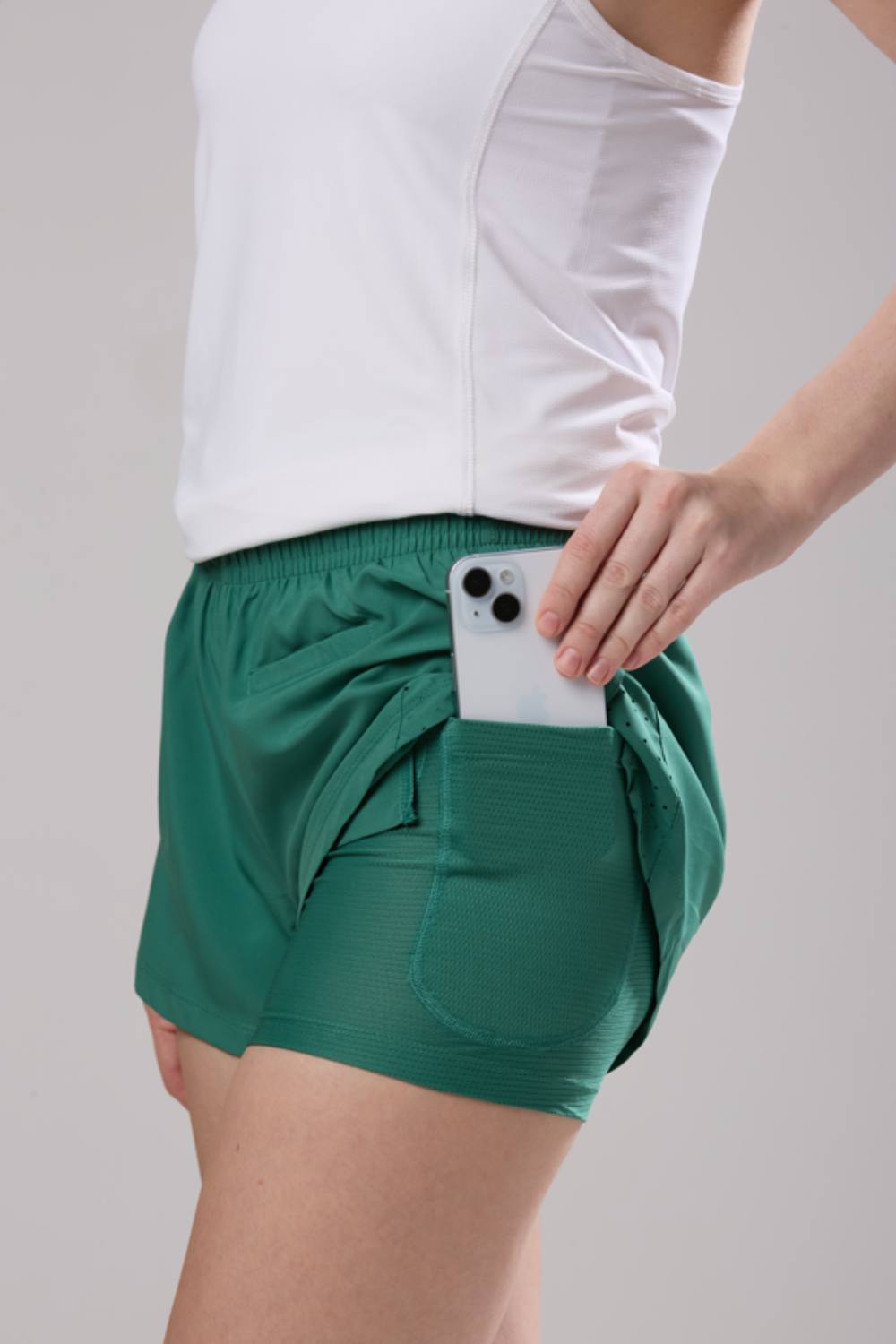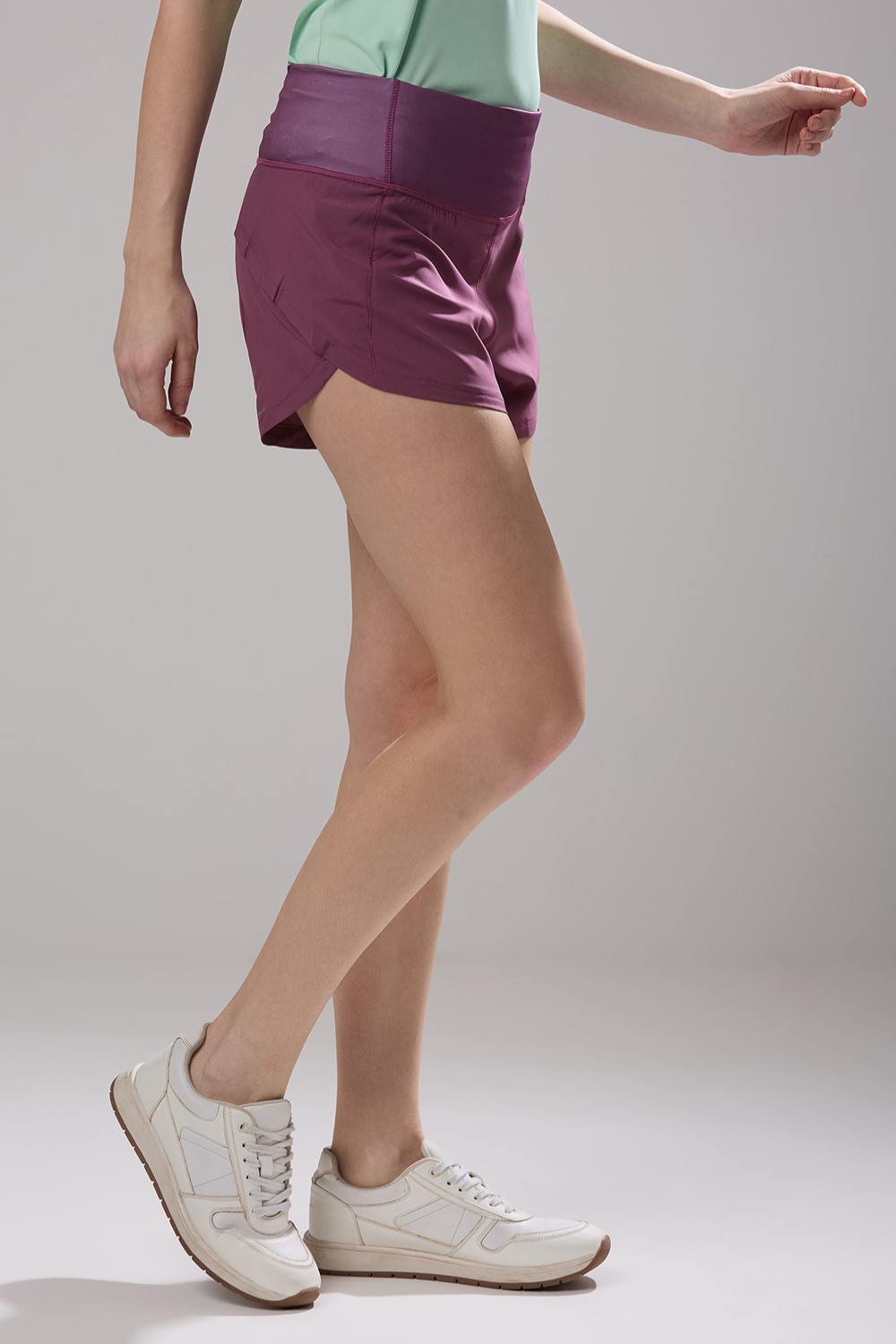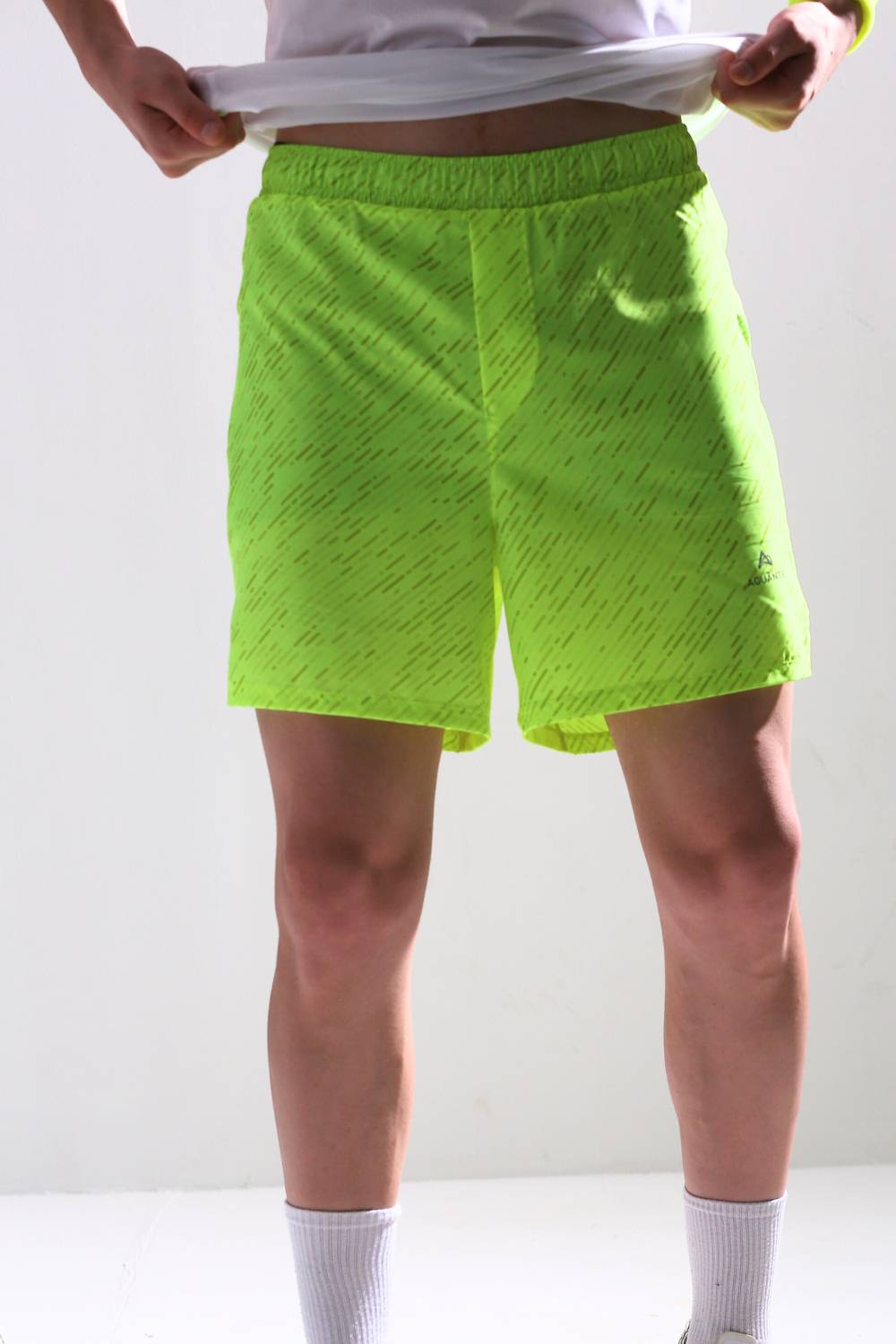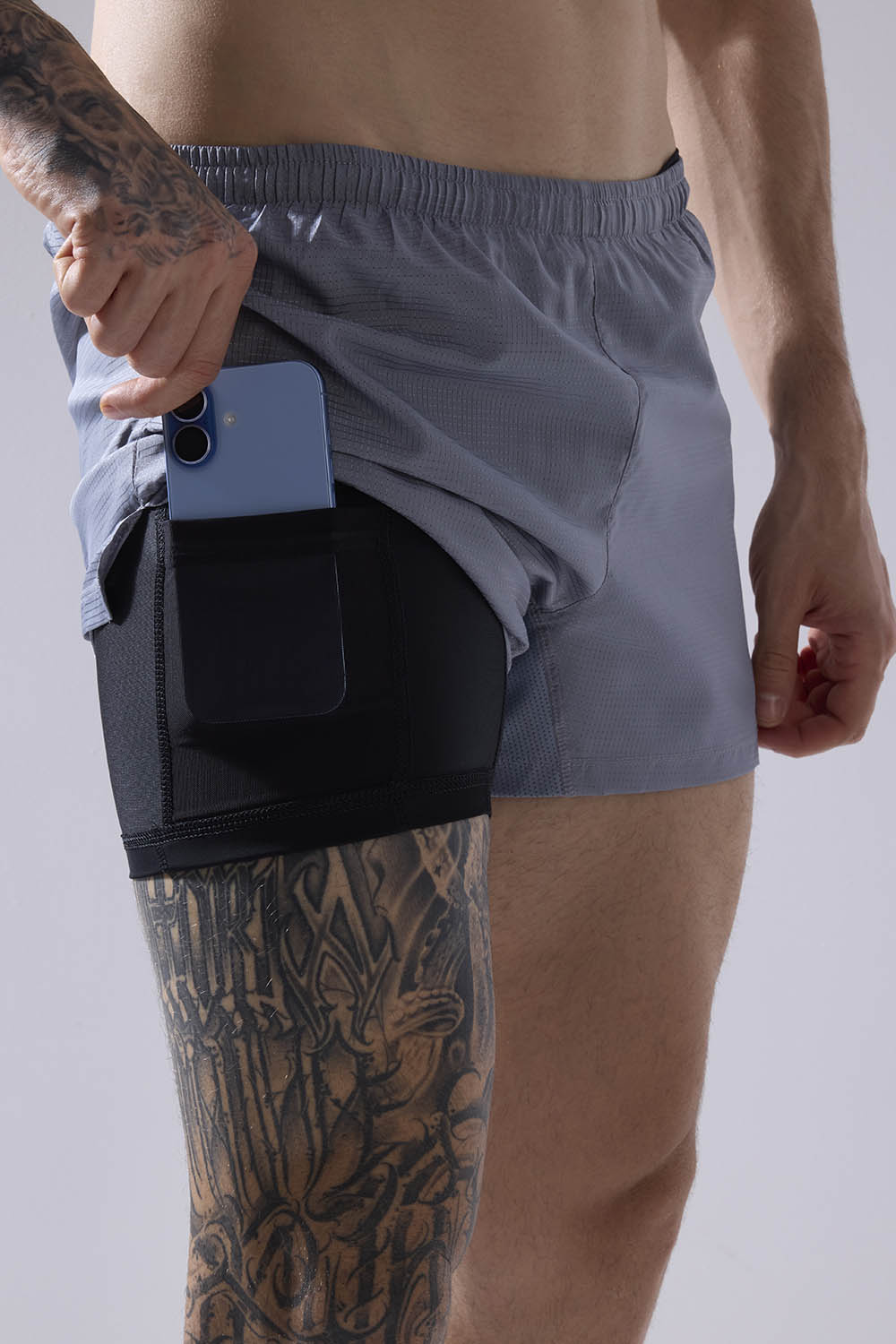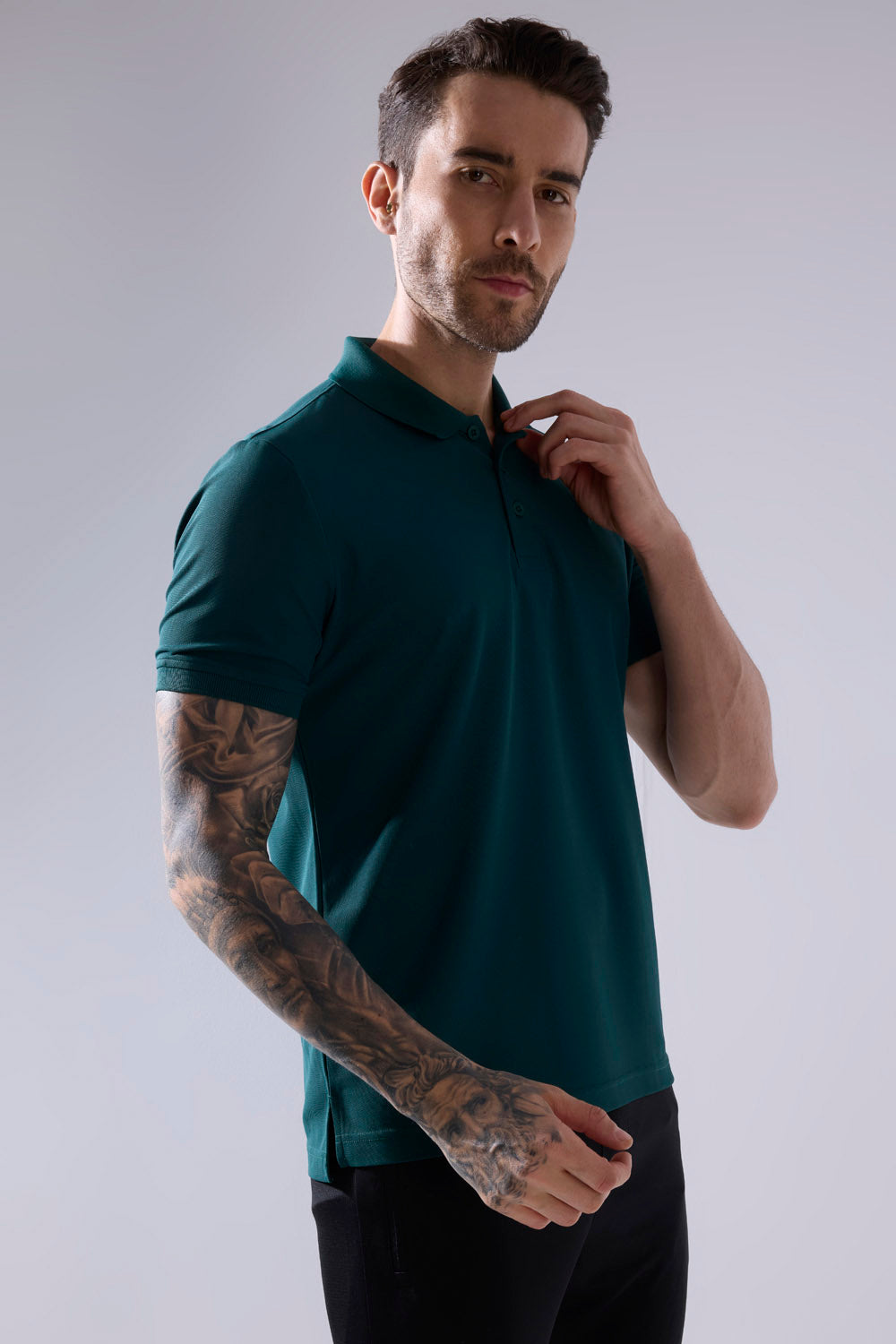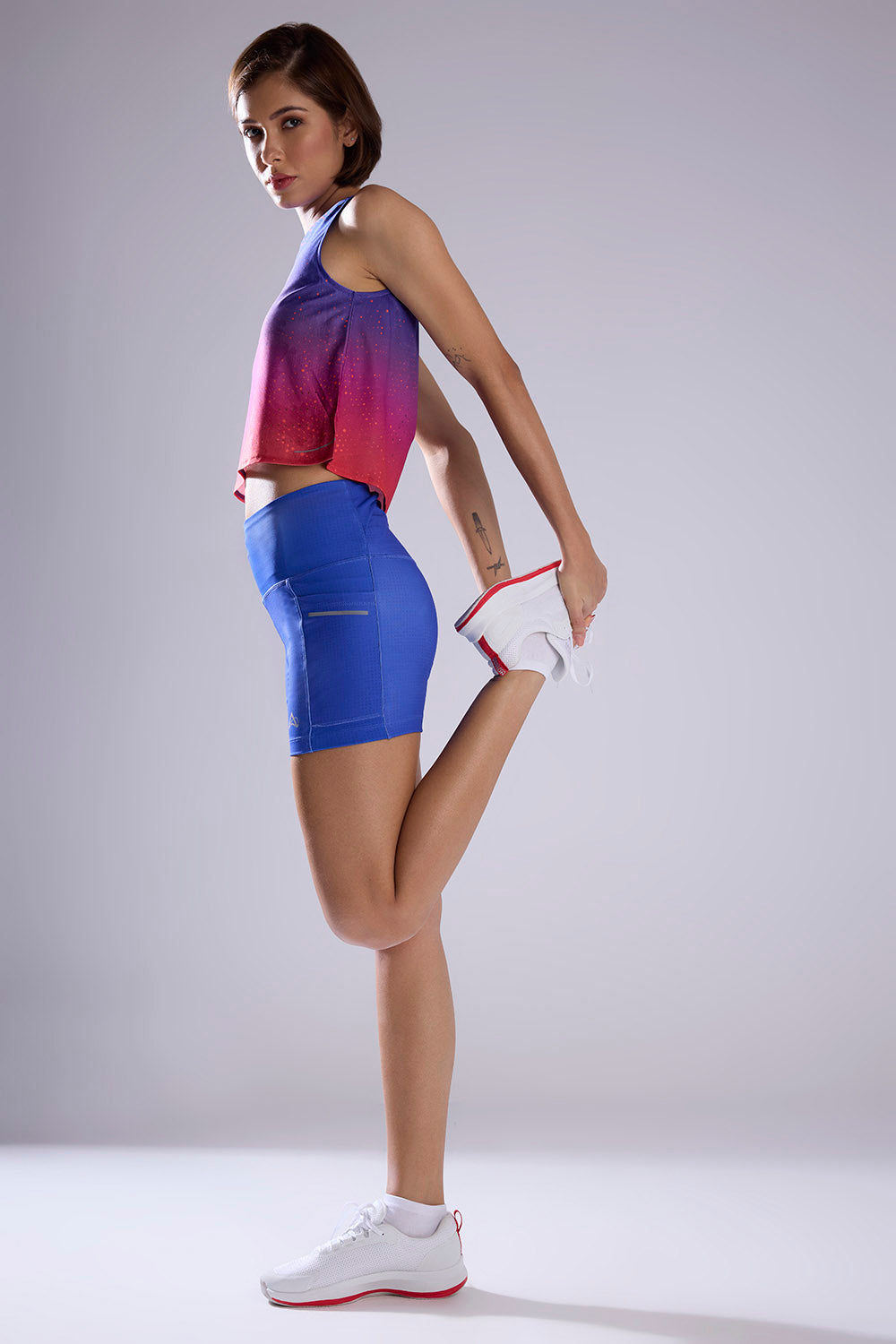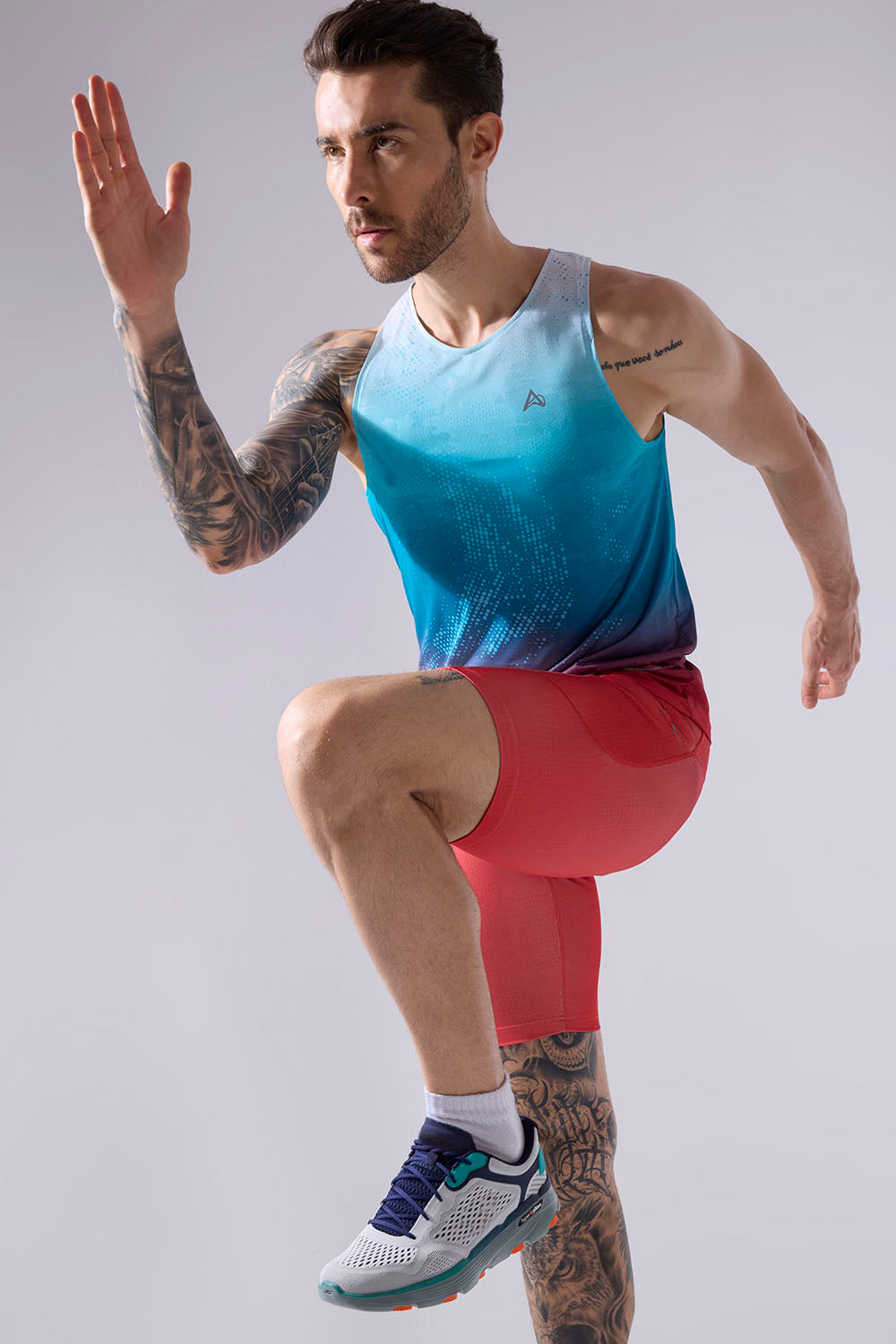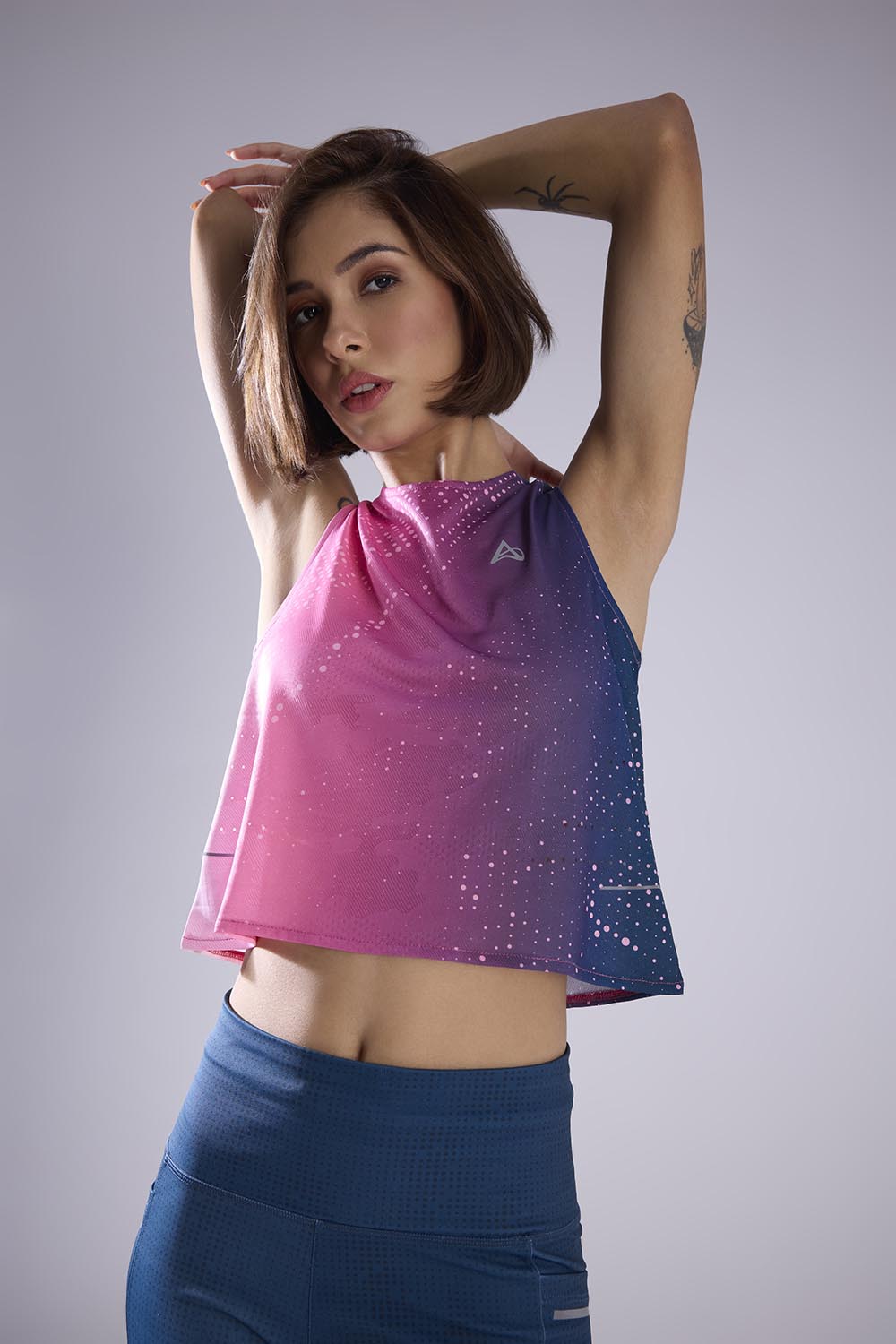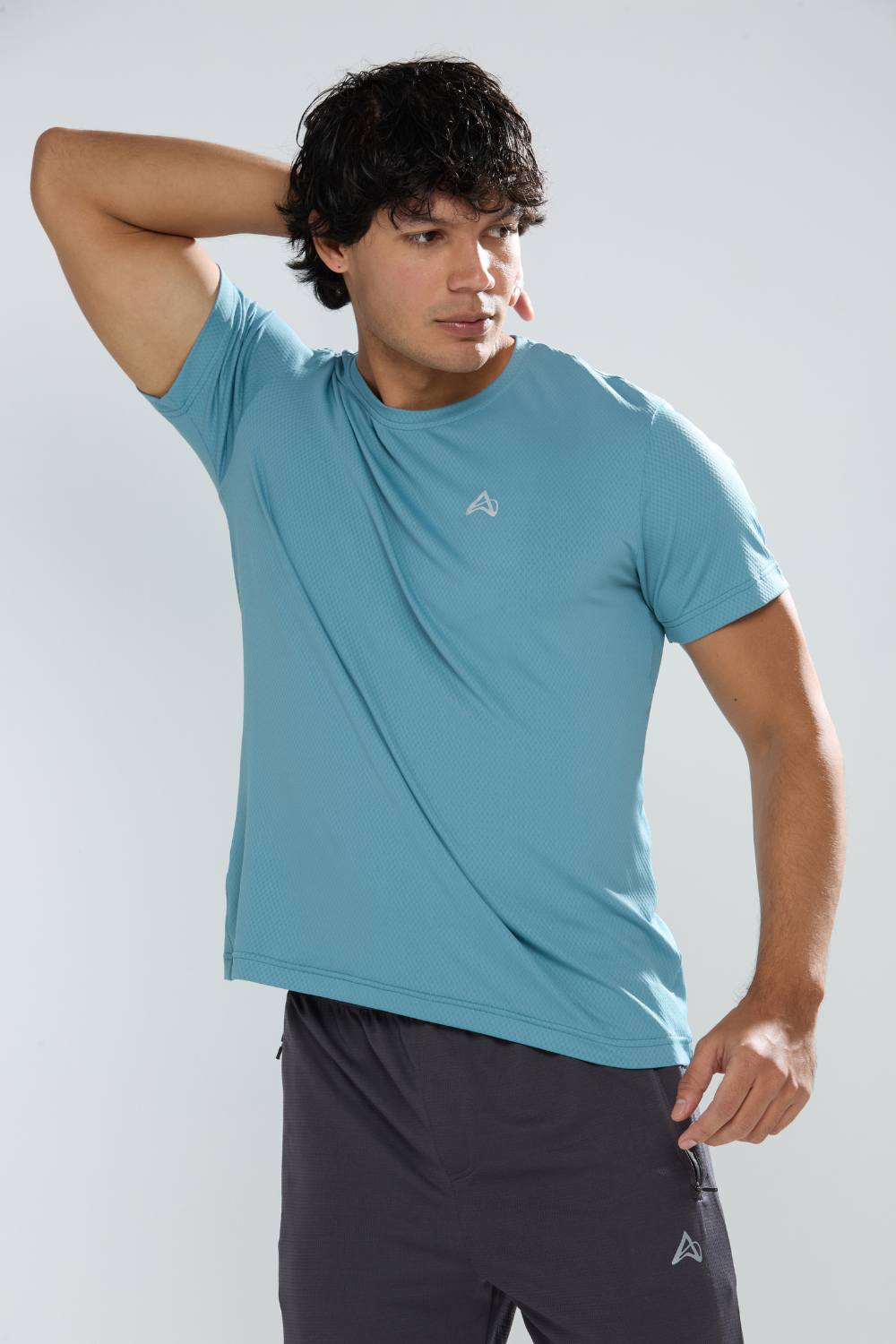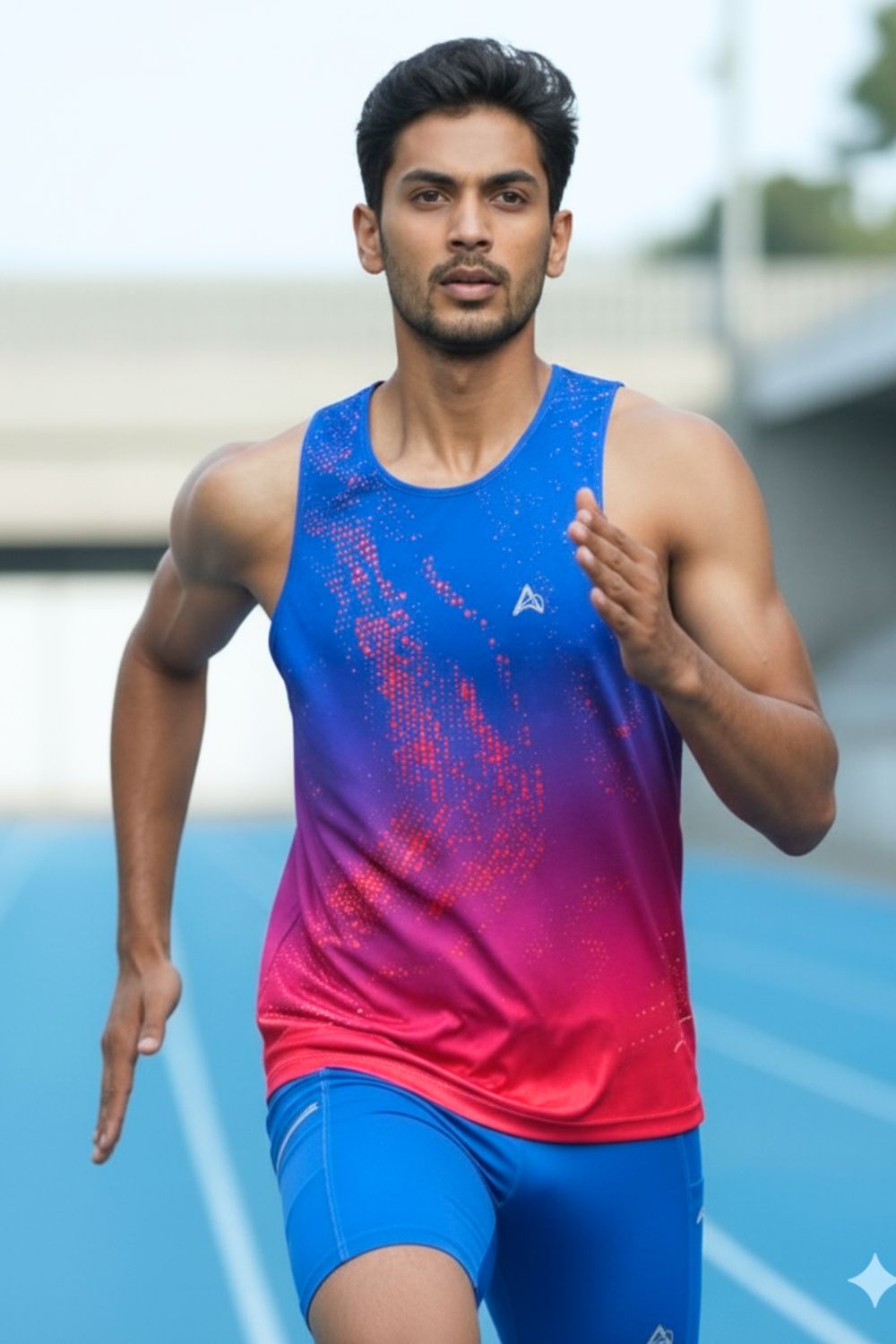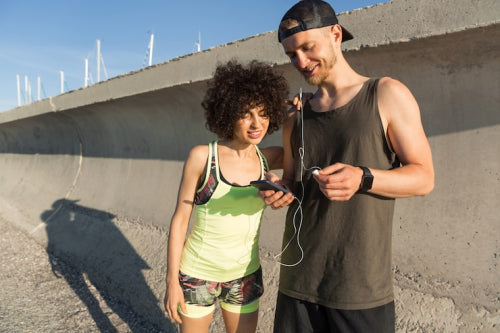Facebook groups centered on running have skyrocketed in popularity, morphing from informal chat rooms into dynamic ecosystems. Runners exchange advice on technique, post triumphant race-day photos, and debate the merits of cushioned versus minimalist shoes. These groups, often with tens of thousands of members, mirror the broader activewear market, valued at $406.83 billion in 2024 and projected to reach $677.26 billion by 2030, with a robust compound annual growth rate of 9.0%. This surge reflects a cultural shift: more than 65% of urban adults now own functional activewear, driven by the rise of athleisure and fitness-focused lifestyles, as reported by UniformMarket.
What fuels the power of these communities? It's not just about running it's about identity. As scholars Albert Muniz Jr. and Thomas C. O'Guinn outlined in their influential 2001 paper, a brand community is a non-geographically bound group rooted in shared admiration for a brand, marked by rituals, traditions, and a sense of duty to fellow members. On Facebook, runners forge these bonds through shared experiences posting sweaty selfies or celebrating personal records creating a sense of belonging that brands are eager to leverage.
Tired of gear that slows you down? Chafing, soggy fabrics, and missing pockets kill your run's momentum. At Aguante, we're runners who get it. Our high-performance activewear features moisture-wicking fabrics, ergonomic designs, and smart storage to keep you focused. Shop Now!
Targeting Niche Communities with Precision
Activewear brands, from industry titans like Nike to rising stars like Hoka, are honing in on these groups with strategic precision. They're not merely selling leggings or breathable tees; they're promoting a lifestyle. By sponsoring group challenges or partnering with influential runners, brands weave themselves into the fabric of community conversations. For example, some activewear brands have launched successful Facebook campaigns tied to virtual marathons, hosted within prominent running groups, inviting members to share training updates while wearing their gear. Such campaigns have driven significant engagement, with thousands of likes, comments, and shares, leading to increased online sales.
Smaller brands are also making strides. A lesser-known activewear company recently gained momentum by encouraging group members to share reviews of its sustainable running shorts. The resulting user-generated content authentic photos of runners in action struck a chord, fostering trust in a way glossy ads rarely achieve. This approach aligns with market trends: women, who drove 47.62% of activewear revenue in 2024, are particularly active in these communities, fueling demand for gear that blends function and fashion.
Overcoming Hurdles in a Crowded Field
Yet, the path isn't always smooth. With a flood of brands vying for attention, running communities risk becoming oversaturated with promotions. How does a brand stand out when every other post pitches compression gear? The challenge is to cut through the clutter without alienating the community. Heavy-handed, sales-driven content can backfire, turning enthusiastic runners into skeptics. A single misstep such as bombarding a group with generic ads can prompt members to mute notifications or publicly criticize the brand for spamming.
The ever-changing Facebook algorithm poses another obstacle, often burying even the most thoughtful posts. Visibility increasingly hinges on paid ads, but brands must proceed with caution. A Vogue Business report, citing a Bernstein survey of 3,500 U.S. consumers, found that only 32% of Gen Z prioritize brand when buying non-sportswear apparel, underscoring the value of authenticity over flashy logos. For activewear brands, this means crafting content that feels genuine think race recaps or training insights rather than overtly commercial.
Capitalizing on Community-Driven Opportunities
Despite these challenges, the opportunities are vast. Running communities provide a direct channel to consumers, fostering loyalty that traditional ads struggle to match. Brands that engage authentically replying to comments, sharing member's stories, or hosting live Q As with athletes build trust that translates to sales. In 2024, in-store sales accounted for 71.14% of activewear revenue, but online engagement is gaining ground, especially as runners turn to Facebook for inspiration and recommendations.
User-generated content is a powerful tool. A runner's photo in a brand's tank top, tagged with a community hashtag, doubles as authentic marketing. Brands are amplifying this by reposting member content or launching campaigns that encourage sharing, such as virtual races with branded rewards. Targeted Facebook ads, refined through data analytics, allow brands to reach specific audiences whether ultra-marathoners or casual joggers based on their group activity.
The broader sports apparel market, valued at $220.35 billion in 2025 and projected to hit $298.06 billion by 2032 with a CAGR of 4.41%, highlights the stakes. As Vogue Business notes, 2024 was a pivotal year for fashion and sport, with events like the Paris Olympics boosting interest in activewear. Brands that align with these cultural moments perhaps by sponsoring a community's virtual race can capitalize on heightened engagement.
Crossing the Finish Line with Impact
As another day of training posts and gear discussions draws to a close, one truth stands out: Facebook's running communities are a marketing juggernaut. For activewear brands, these groups offer a unique opportunity to connect with passionate consumers, build loyalty, and drive growth in a fiercely competitive $406.83 billion market. The future hinges on authenticity, data-driven ad strategies, and meaningful interactions that resonate with runner's shared rituals and identities.
For brands ready to join the race, the strategy is clear yet challenging: listen to the community, amplify their voices, and run alongside them not ahead. As the activewear market charges toward $677.26 billion by 2030, those that master this approach will not only reach the finish line but redefine success in the digital era.
Frequently Asked Questions
What types of content engage Indian running communities on Facebook?
Indian running communities actively engage with training tips, gear reviews, motivational stories, and event updates. Content that highlights practical features of activewear, like breathability and durability, resonates well and sparks lively discussions.
Why is Facebook important for Indian activewear brands targeting runners?
Facebook enables brands to build focused communities, gather user feedback, and promote localized campaigns. For Indian activewear brands, this direct engagement helps tailor products to the needs of runners and fosters brand loyalty across diverse regions.
How do running communities on Facebook support activewear brands in India?
Running communities on Facebook provide a platform for runners to share experiences, reviews, and recommendations of activewear brands. This peer-to-peer engagement boosts brand visibility and credibility, helping local brands connect directly with fitness enthusiasts.
Disclaimer: The above helpful resources content contains personal opinions and experiences. The information provided is for general knowledge and does not constitute professional advice.
You may also be interested in: Indian Runners Seek Apparel Tailored to Local Weather
Tired of gear that slows you down? Chafing, soggy fabrics, and missing pockets kill your run's momentum. At Aguante, we're runners who get it. Our high-performance activewear features moisture-wicking fabrics, ergonomic designs, and smart storage to keep you focused. Shop Now!
Powered by flareAI.co

